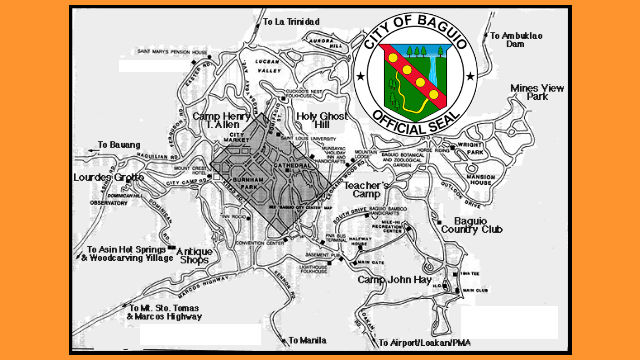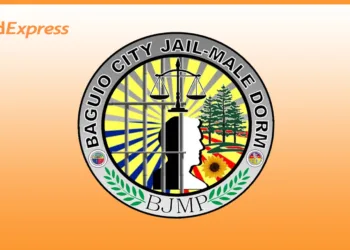BAGUIO CITY – The early Belgian missionary, Fr. Florimund Carlu, came up to Baguio via horseback from another coastal mission in Tagudin, ilocos Sur. He arrived in Baguio, sin tabor y trumpetti, towards the late 1910s, was assigned at St. Vincent Parish and then to the Baguio Cathedral parish. He was able to raise enough money to build the Cathedral, among other sources, Anglicans and Protestants. The bells of the cathedral were donated by William Marsman of the Benguet Mining Corporation.
Who knows or remembers Tex Reavis? He was an American sourdough who wandered into the Antamok, Benguet area to prospect for gold. Once his pouch had filled up with gold dust, he would ride up the old Pines Hotel, hitch his mount to the rack, deposit his produce at the bar and treat everybody to any brand. After his order had run through, it was time to ride back to his Antamok dog hole. An old photograph of this colorful figure panning gold is displayed at the Benguet Corporation office in Balatoc, Itogon, Benguet.
The first private college to be put up after the war was the Baguio Colleges Foundation, followed by the Eastern Philippines College, now the Baguio Central University, then Baguio Tech, now the University of Baguio, St. Louis University started as parish school in 1909, located roughly behind the Lopez building along Session Road. Before the war, there were two institutes of higher learning: the University of the Philippines and Holy Family College which offered a two-year teaching course.
Session Road, Baguio’s main street, got its name from the fact that during its formative years, members of the Philippine Commission passed through the street on their way to their session at the Baden Powell hall at Gov. Pack road which now serves as a bus terminal for Metro-Manila bound units. The city has maintained the original Ibaloi names of its streets: Kayang (hill), Chuntug (mountain), Chanum (water), Otek (small). Baguio itself got its name for moss which was then common within Burnham Park which itself got its name for a moss which was then commonly within Burnham Park which, itself, was then a swampy area known as Kafagway. The City’s streets are comparatively narrower than other urban centers because Baguio was originally designed for a population of 25,000.
The Benguet road, now the Kennon Road, was started in 1901 with an initial fund of P75,000 by its chief engineer Col. Lyman Kennon of the 20th infantry of the U.S. Army. Kennon employed some 4000 workers of mixed races to open Baguio as the country’s summer capital. According to records, the workers came from the 46 nations, including Americans, Hawaiians, Indians, Mexicans, Chinese, Germans, Irish, English, Swedes, French, Japanese and Filipinos. The Japanese composed the majority of the laborers, hundreds of whom plunged to their deaths on the cliffs in the project that took five years to complete. From Saytan, La Union to Baguio, various camps were established as work on the road progressed, so therefore Camp 1, 2, 3 and so one until Camp 8 near the city proper. Because the Americans paid higher wages, thousands of Japanese were attracted and recruited to work in various projects in Davao and Benguet, similar to how the Canadians built their transcontinental railway system with Chinese workers.
When a sharp-shooting competition was held in San Fernando, La Union among the constables of Northern Luzon, the other contingents were amused at the Ifugao contingent for wearing the standard issue of khaki top jackets, and G-strings. This tribal group had considerable practice at the shooting range at the Camp John Hay and were prepared for the competition. The Ifugaos ended all unsavory remarks about their costume by taking all but one of the top ten places, with the other Ifugao tying up for one more with another constable.
By (+)Freddie Mayo and Ramon Dacawi













